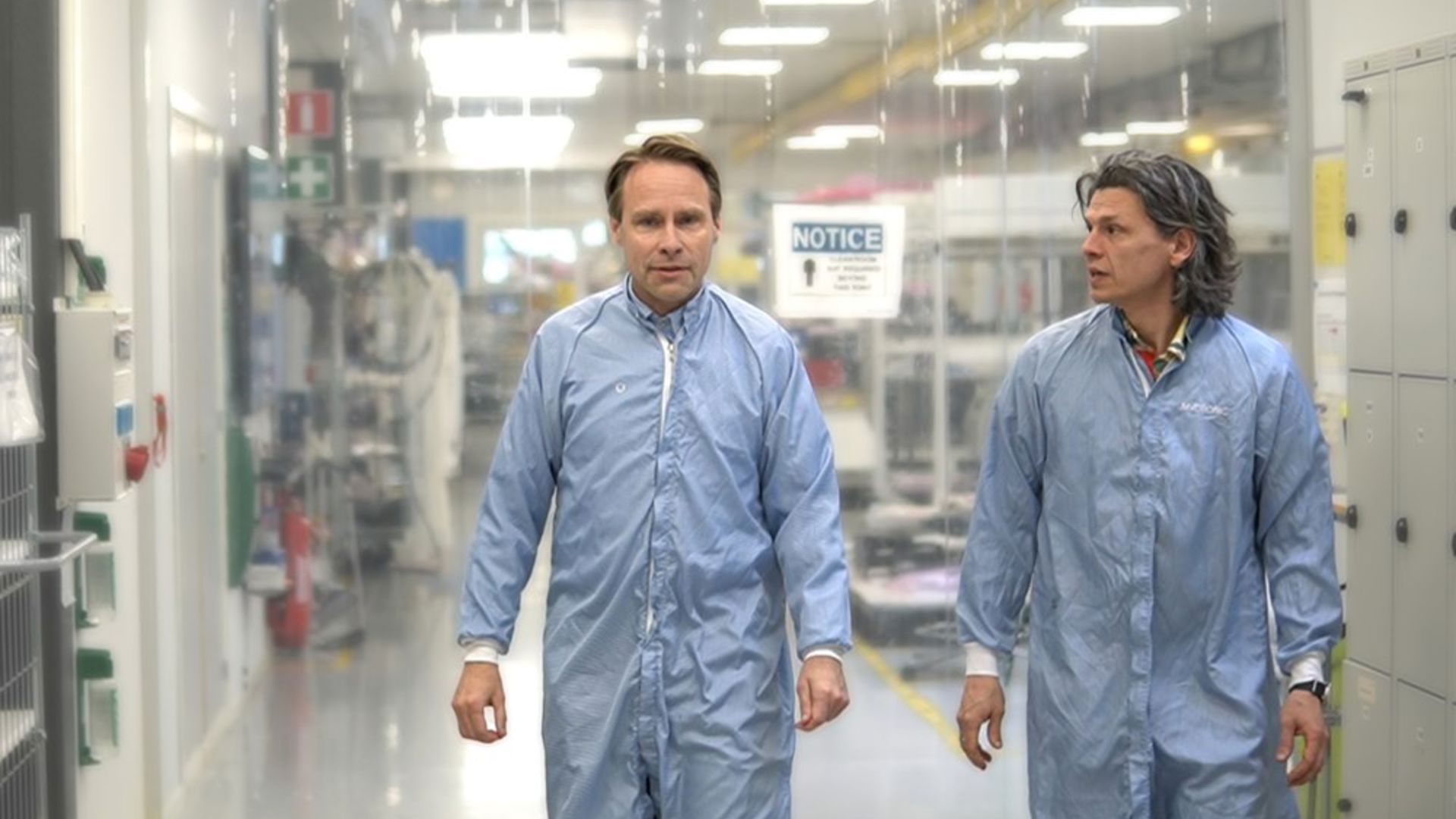BRIGHTER project near completing printing device for human skin
BRIGHTER is an EU-financed research project that aims to develop a novel bioprinting technology that will be used to produce tissue samples that mimic biological tissue with embedded three-dimensional structures.

“We are close to completing our proof of concept” explains Gustaf Mårtensson, who leads the project at Mycronic together with a team of specialists at pattern generation.
The BRIGHTER project has sought to develop bioprinting technologies able to produce tissue. The viability of a cell depends crucially on the mechanical, chemical and geometric properties of its environment, and so the process of bioprinting is an extraordinarily precise endeavor.
VIDEO
Creating such an environment requires liquids or gels that solidify precisely where you illuminate them with a focused laser beam. However, these materials must not be harmful to the cells and the whole process has to happen extremely quickly.
Existing bioprinting methods have intrinsic limitations when attempting to create tissue due to limitations in printing speed and resolution, which can compromise cell viability and limit true biological cell structure mimicry.
Creating such an environment requires liquids or gels that solidify precisely where you illuminate them with a focused laser beam. However, these materials must not be harmful to the cells and the whole process has to happen extremely quickly.
Existing bioprinting methods have intrinsic limitations when attempting to create tissue due to limitations in printing speed and resolution, which can compromise cell viability and limit true biological cell structure mimicry.
VIDEO
Through this process, the BRIGHTER project’s technology is able to manufacture cell-laden 3D constructs to resemble the complexity of human tissues.
The resulting bio-printed tissue, in turn, can be used in regenerative medicine and drug testing. For instance, a patient with a bladder disease can be treated by using engineered bladder tissues to rebuild the damaged organ. The technology can also potentially be applied to bone, skin, cartilage and muscle tissue.
VIDEO
Through this process, the BRIGHTER project’s technology is able to manufacture cell-laden 3D constructs to resemble the complexity of human tissues.
The resulting bio-printed tissue, in turn, can be used in regenerative medicine and drug testing. For instance, a patient with a bladder disease can be treated by using engineered bladder tissues to rebuild the damaged organ. The technology can also potentially be applied to bone, skin, cartilage and muscle tissue.
VIDEO